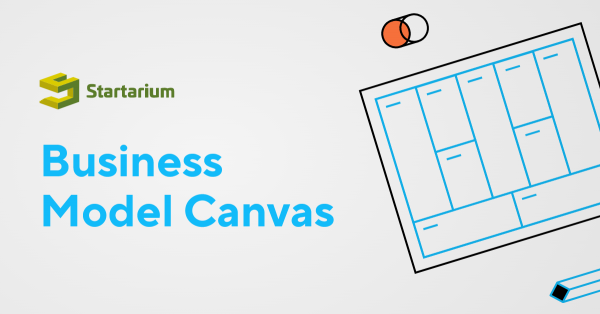Collaboration via mobile and social access is a fundamental component of the digital workplace, and this is an increasing trend. Employees nowadays have come to anticipate more flexible work hours and locations, so the workplace is no longer viewed as a single entity.

In reality, there is a growing tendency to allow employees to work the hours that they choose, in order to meet the different demands of the workforce. Employees may work in the mornings or evenings, whenever and wherever they are most effective, thanks to flexibility.
As a result, there are advantages to being flexible. And it's for this reason that every company, no matter how large or little, should have a mobile responsive intranet in place to improve employee communication and cooperation and move closer to being a highly effective digital workplace.
Online Collaboration and Social Enterprise Networks
We've seen a significant cultural shift in the adoption of various corporate communication platforms. Because of their emphasis on microblogging characteristics, ESNs, or Enterprise Social Networks, were dubbed "the Twitter or Facebook of the enterprise" during their early adoption phases. 89 percent of marketers utilize Facebook in their brand marketing activities, according to the Sprout Social Index.
Today, social cooperation is critical for linking commercial organizations. Medium to big businesses, in particular, are implementing ESN features to allow employees to interact and engage with one another quickly, whether through a standalone tool like Yammer or a product that is part of a consolidated system like an intranet's social Q&A component.
Virtual meetings, project workspaces, a thorough corporate directory, and social forums that may take the place of the watercooler catch-up are just a few of the alternatives currently available to replace practically every in-person workplace encounter.
Online video meetings
For years, as internet and network speeds have improved, it has become possible to use films in real-time communication, which is now regarded as vital in business. In a multigenerational workforce, video communication is critical because it keeps employees engaged, productive, and efficient. YouTube and Vimeo remain the most popular video sharing platforms.
Video communication applications may be found in marketing, training and development, product management, and the adoption of cutting-edge communication solutions across the company.
BYOT, BYOA, BTOD
BYOT is for Bring Your Own Technology, BYOA stands for Bring Your Own Apps, and BYOD stands for Bring Your Own Device (BYOD). Today's workforce is increasingly likely to bring their own smart devices into the workplace and utilize them for professional reasons, thanks to the availability and consumerization of IT technology. Many employees in hybrid working arrangements use their own personal equipment to work from home, such as home PCs, laptops, and mobile phones, for the benefit of ease.
This trend is growing in businesses, and employees are feeling more empowered to use their personal devices for professional reasons while adhering to restrictions.
However, this raises additional security problems, and procedures must be implemented to ensure that staff understand what they must do to minimize security breaches and exposure. For example, when logging onto company-approved software, use two-factor authentication.
Becoming mobile
In the areas of purchasing, shopping, banking, education, and communication, the appeal of smart mobile devices in the daily lives of employees and managers is well documented.
Mobile technologies, such as mobile online meetings, online training, and video learning, play an essential part in breaking down barriers in employee communication and productivity.
On their phones, many employees now have work-related mobile apps. Employees can receive immediate alerts (push notifications) on their phone screens for urgent or important updates; access contact information and central data while away from their desks; submit work-related information as part of their jobs, such as timesheets; and access self-service areas, such as up-to-date rosters and forms, for improved overall productivity.























